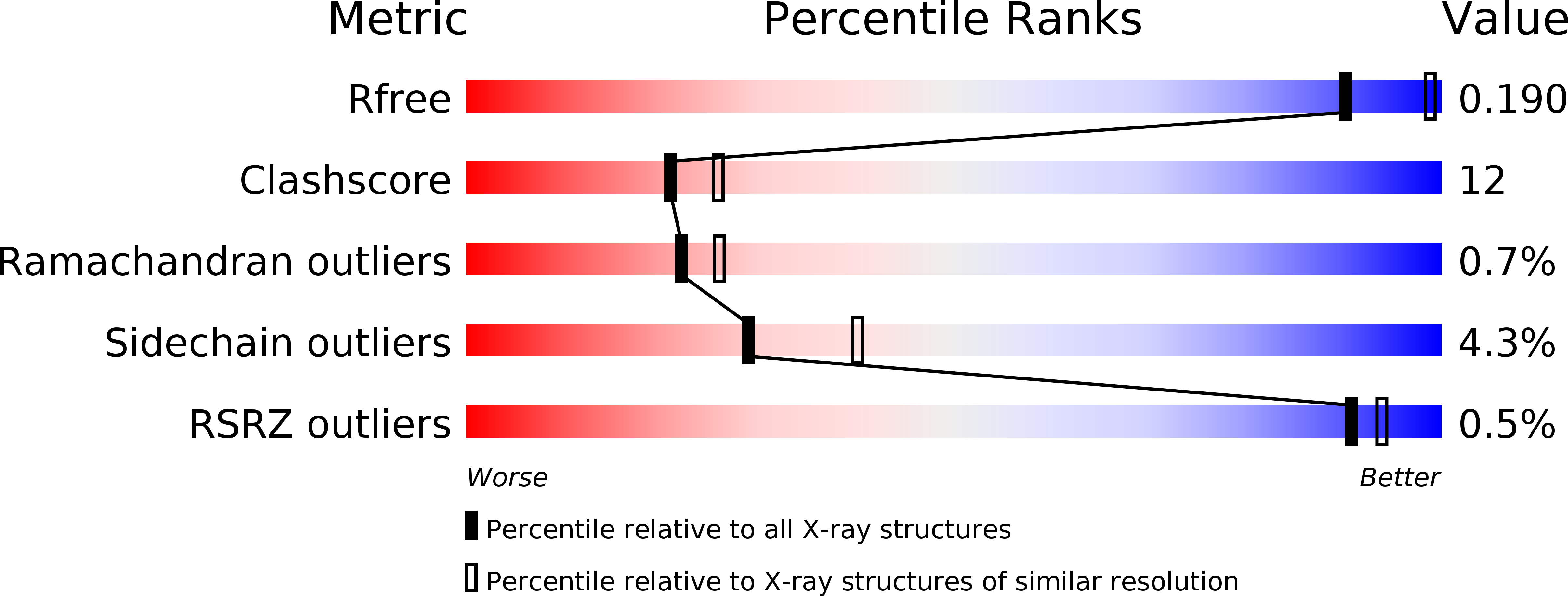
Deposition Date
2008-04-03
Release Date
2009-04-28
Last Version Date
2024-10-30
Entry Detail
PDB ID:
3CQO
Keywords:
Title:
Crystal structure of a f-lectin (fucolectin) from morone saxatilis (striped bass) serum
Biological Source:
Source Organism:
Morone saxatilis (Taxon ID: 34816)
Method Details:
Experimental Method:
Resolution:
2.32 Å
R-Value Free:
0.24
R-Value Work:
0.18
R-Value Observed:
0.18
Space Group:
P 43 21 2


